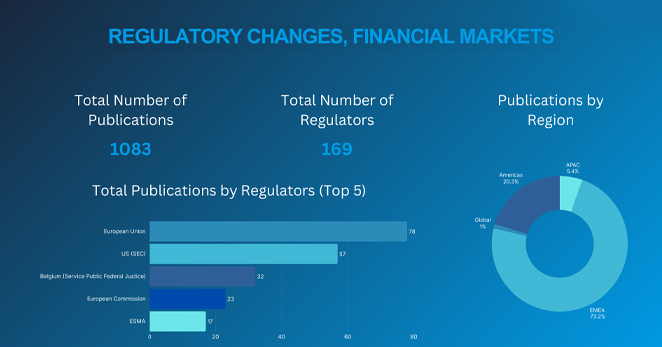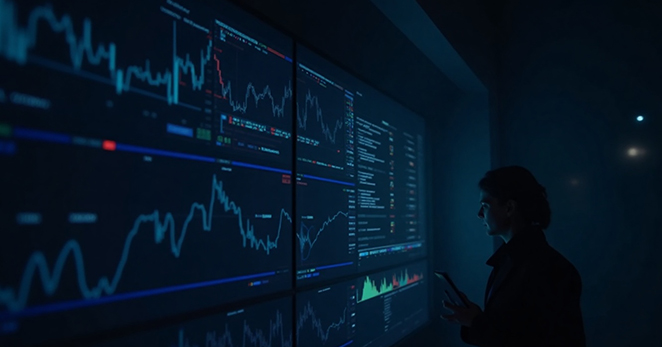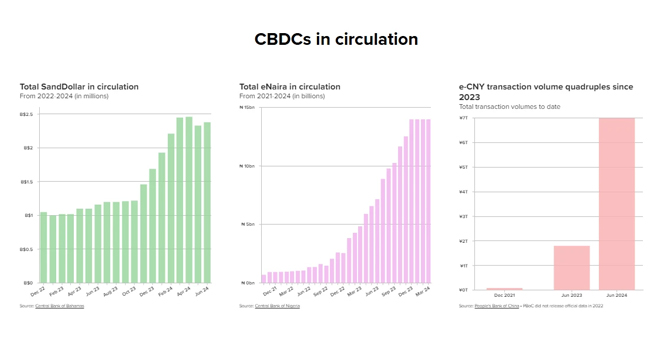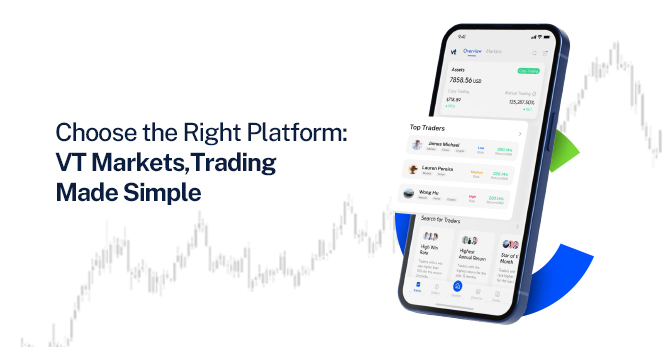
The global Forex market is undergoing transformative regulatory shifts in 2025. Changes in margin rules and cross-border harmonization are reshaping trading accessibility, risk management, and market participation.
Here’s how traders and brokers are adjusting.
Stricter Margin Requirements

Regulators worldwide are tightening margin rules to mitigate risks associated with high leverage, particularly for retail traders.
- Reduced Leverage Caps: Many jurisdictions now enforce lower leverage ratios (e.g., 10:1 or 20:1 for major currency pairs), limiting potential losses but also restricting speculative gains.
- Segregation of Client Funds: Mandates like those from the FCA and ASIC require brokers to keep client funds in segregated accounts, reducing insolvency risks.
- Negative Balance Protection: Regulatory bodies now compel brokers to prevent clients from losing more than their deposited capital, a critical safeguard during volatile swings.
Impact on Traders:
- Reduced Risk Exposure: Lower leverage curbs catastrophic losses but demands larger capital for meaningful positions.
- Shift in Strategies: Scalpers and high-frequency traders may pivot to markets with laxer rules, while long-term traders adopt risk-averse approaches.
Global Harmonization Efforts: Bridging Regulatory Gaps

Divergent regulations across regions have long fragmented Forex markets. Recent steps toward harmonization include:
- Common Reporting Standards: Initiatives such as the Global FX Code encourage transparency in pricing and execution practices.
- Cross-Border Compliance: Brokers such as VT Markets now align operations with multiple jurisdictions to serve global clients.
- India’s FEMA Amendments: The RBI’s 2025 updates promote the use of INR in cross-border transactions through SNRR accounts, making foreign investments simpler and encouraging the internationalization of the rupee.
Impact on Accessibility:
- Easier Market Entry: Harmonized rules reduce bureaucratic hurdles for multinational brokers and traders.
- Increased Liquidity: Unified standards attract institutional players, deepening market liquidity for exotic and major pairs alike.
India’s Regulatory Landscape: A Case Study in Reform

India’s 2025 Forex reforms exemplify how regulatory shifts can balance accessibility with oversight:
- Expanded Currency Pairs: SEBI now permits trading in cross-currency pairs like EUR/USD and USD/JPY, alongside INR pairs, broadening opportunities.
- NRO Account Flexibility: NRIs can use repatriable rupee accounts (NRO, SNRR) for FDI, easing capital inflows.
- Stablecoin Scrutiny: While not yet mainstream, regulators are monitoring crypto-fiat pairs to preempt volatility risks.
Technology and Compliance: A Double-Edged Sword

Automation is helping traders and brokers adapt to new rules:
- AI-Driven Compliance: Platforms use machine learning to detect suspicious transactions and ensure real-time adherence to margin limits.
- RegTech Solutions: Tools like automated reporting systems simplify compliance with cross-border tax laws.
Emerging Risks:
- Over-Reliance on Algorithms: Poorly calibrated AI tools could misinterpret regulations during black swan events.
- Data Privacy Concerns: Stricter GDPR-like norms in Forex may restrict data flow essential for predictive analytics.
The Road Ahead

Looking ahead, the future of Forex trading will be shaped by the delicate balance between innovation and regulatory stability. Central bank digital currencies (CBDCs) are poised to transform cross-border settlements by simplifying intermediation chains, increasing transaction speed, and significantly lowering costs-potentially reducing cross-border transaction expenses by up to 60%, according to recent IMF analysis.
However, the widespread adoption of CBDCs in Forex will require new regulatory frameworks to address interoperability, privacy, and compliance challenges across jurisdictions. At the same time, efforts to broaden retail participation are gaining momentum, with simplified KYC processes and the introduction of micro-investment options such as fractional lots making Forex trading more accessible to a wider audience.
These innovations aim to democratize market access while maintaining safeguards against financial crime. Additionally, regulators are beginning to explore climate-linked rules, such as margin incentives for “green” currency trades, aligning Forex market practices with broader ESG (Environmental, Social, and Governance) objectives. This evolving landscape suggests that as technology advances, regulatory adaptation will be crucial to ensure both the integrity and inclusivity of the global Forex market.
As regulations advance, traders who view compliance as a strategic advantage rather than an obstacle will succeed in the increasingly transparent and complex Forex landscape of 2025.
Join VT Markets

VT Markets remains committed to providing traders with a secure, transparent, and accessible trading environment. Whether you are adapting to stricter margin requirements or exploring new trading strategies, we offer the tools, flexibility, and support needed to thrive in the dynamic world of Forex trading.







